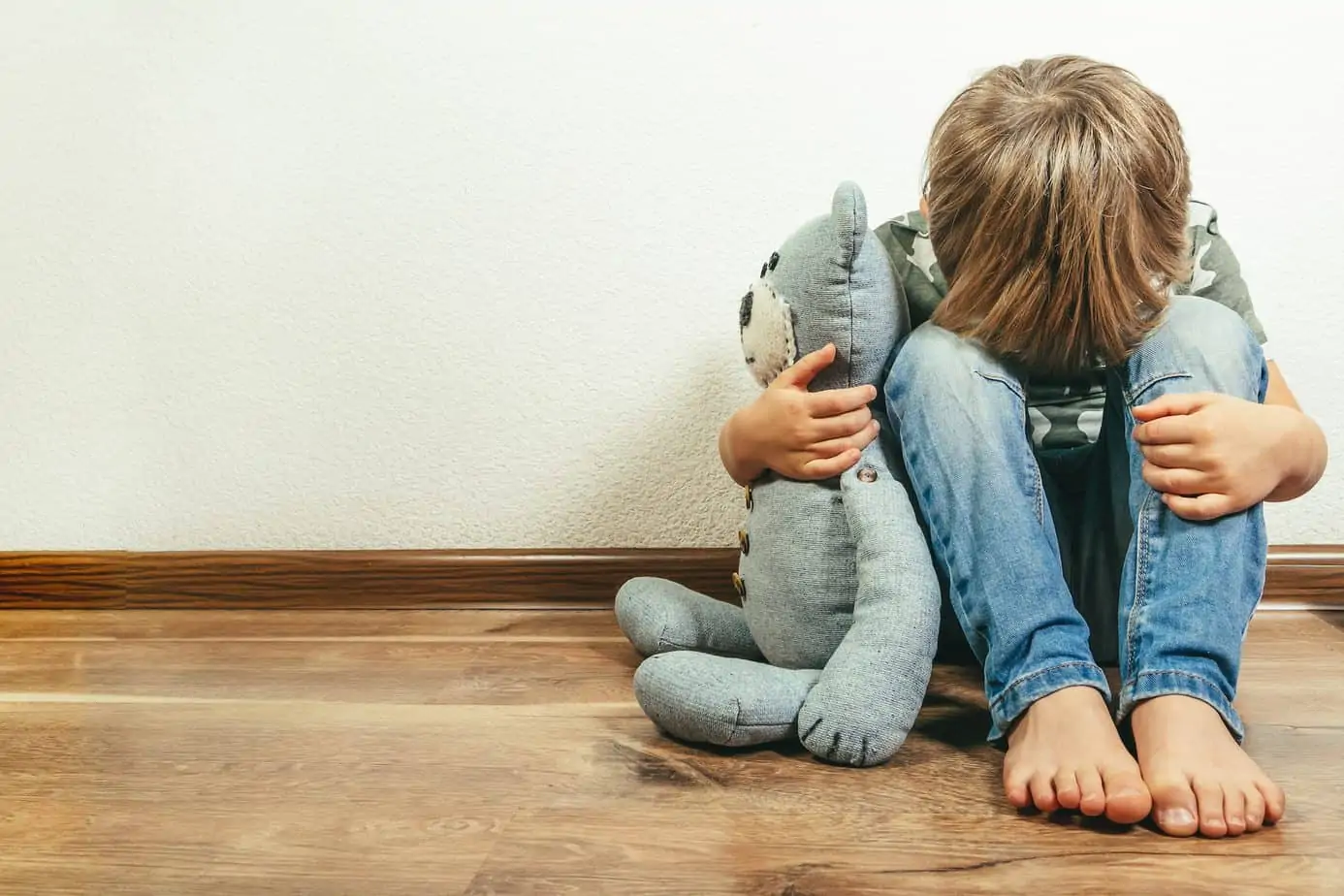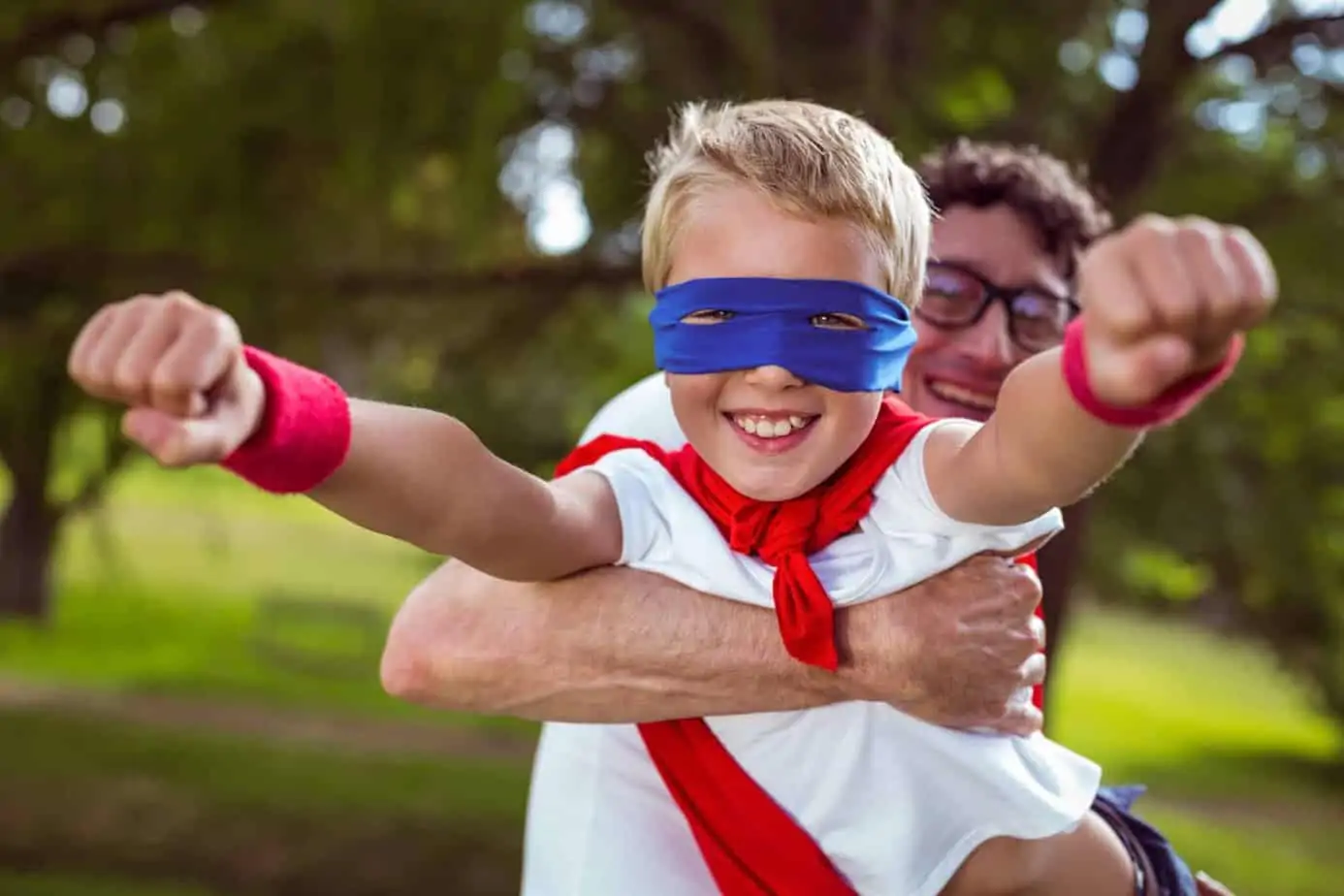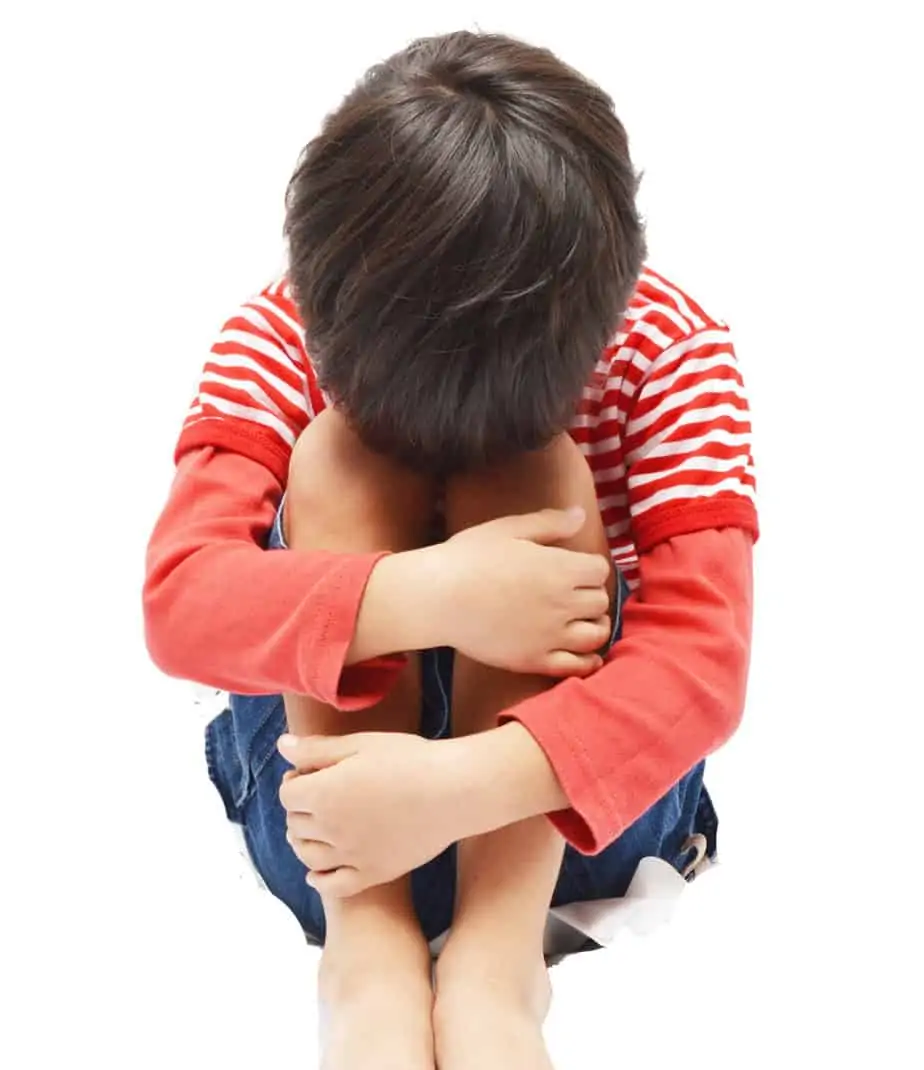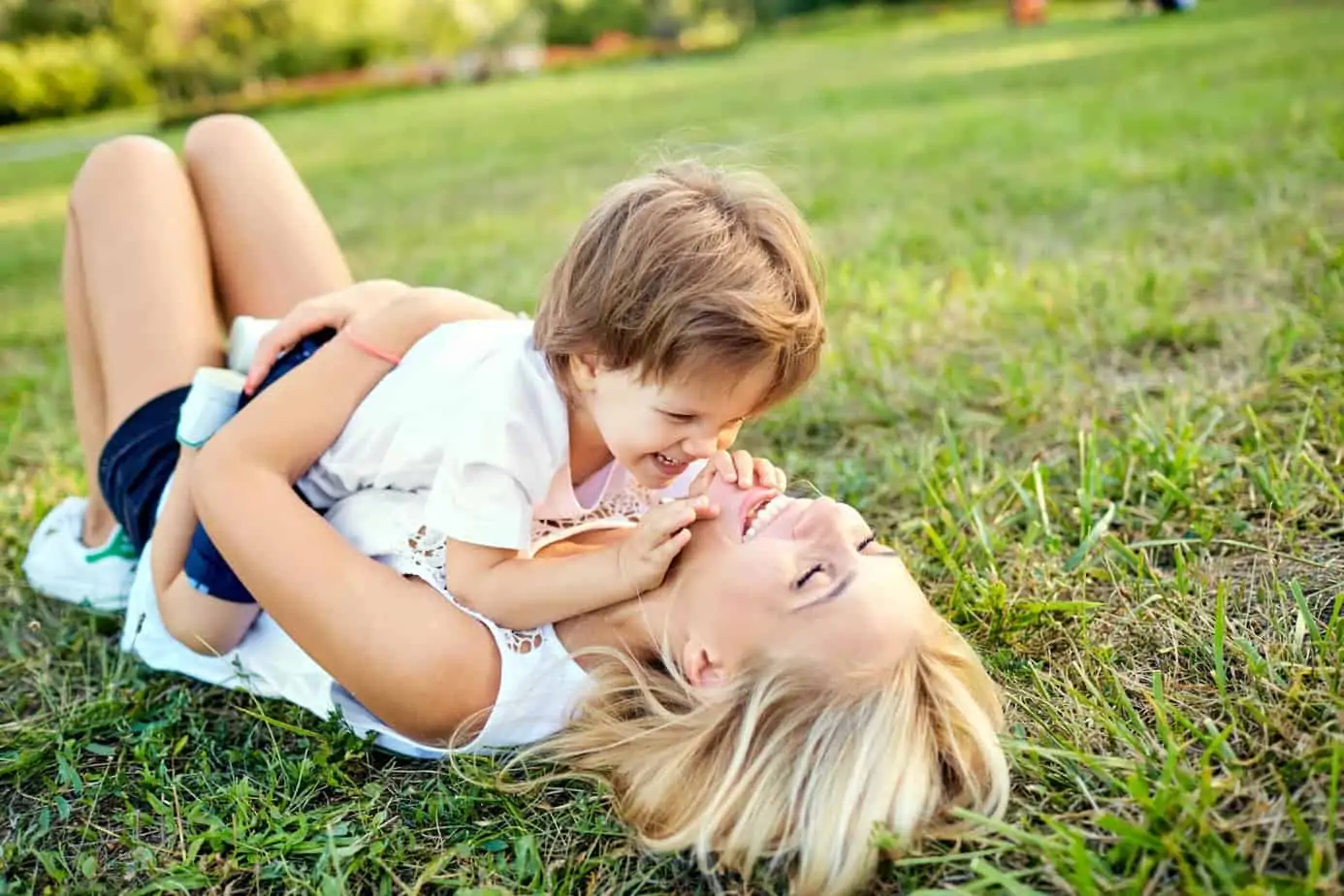How to discipline a child that’s fair & reasonable. A healthy 5-step discipline strategy for dealing with negative behavior in kids.
IMPORTANT: This is the third part of a 4-part series: Get Kids to Listen, Put a Stop to Power Struggles and Stay Calm. You can read the first part here, and the second part here
Healthy Discipline & Consequences Without Invoking Fear in Your Child
It’s easy to get into an endless cycle of power struggles. So, so easy.
Your child misbehaves and you use a time-out or count 1-2-3 in hopes this makes your child behave.
But, wait… does that actually work?
Like ever???
Especially if you have strong willed kids like I do, then you know these tactics hardly ever work. Doesn’t it just make everything WORSE???
It’s because children, even your 18-month-toddler’s natural wiring, is of free will, positive connection and having their own power. When you resort to punishment to deter some negative behavior from happening again, then you’re attempting to force their submission through fear.
Fear.
That sounds pretty awful, right?
I’m not saying you’re doing this on purpose, but when we carry out punishments and parenting techniques, it’s usually from an unconscious place. We’ve all learned from our peers, school discipline strategies, and of course our own family relationships with our parents and grandparents without even realizing it.
Dealing with difficult behavior is tiring but what you do next will make all the difference.
What are Blame, Shame and Pain Punishments & Why Don’t They Work
What happens when we force our children into submission through fear?
This means we’re choosing Blame, Shame and Pain punishments whether this is through emotion, or unfortunately, physical means.
A child’s natural inclination to blame, shame, and pain punishments is to shut down.
They ignore.
They fight back.
They cry.
They shout at you.
They run to their room and slam the door.
Usually a child’s response (and the little voice in your own head) makes you feel like crap and the guilt rushes in, which means this is a lose-lose situation for everyone involved.
If we all want to do better, we have to make kids feel worse.
Wait, what? NO. This isn’t what we should do at all.
👉 👉 Discipline is about teaching kids to make better choices without blame, shame or pain.
How do you make sure healthy discipline for kids don’t fall into any of these categories of fear?
How to Discipline a Child That’s Fair & Reasonable
We’ve found through a lot of trial and error, one method that’s worked best for our family. After a few weeks of trying out this healthy discipline strategy, my husband and I both noticed our kids making better choices and also taking responsibility for their actions.
The best part?
Less power struggles and problem spots during the days.
It’s a win-win for parents and children!
It’s called the 5 R’s of Consequences and was developed by Amy McCready from Positive Parenting Solutions. She talks about it all the time in her books (this one is great for this particular topic) and courses.
What are the 5 steps to this healthy discipline technique?
1 – Respectful
2 – Related to the Misbehavior
3 – Reasonable in Duration
4 – Revealed in Advance
5 – Repeat Back
The Five Rs of Consequences:
1 – Be Respectful
Give consequences in a calm and in control way. If you can’t do this, then it’s appropriate and perfectly okay to step away for 10 minutes and use that time to calm down before you go back to your child. Use common sense, and of course step in if someone is hurt, a child is hurting another person or their belongings.
2 – Consequences Related to the Misbehavior
Consequences must be related to the behavior or it won’t make sense to the child. For example:
-
- The child is not wearing his bike helmet –> the consequence would be to lose the privilege of riding their bike.
- A child doesn’t turn off their device when you asked –> an appropriate consequence would be to lose the device.
- If a child is acting disrespectful to an adult –> they would lose the ability to play with their friends.
- A child doesn’t brush their teeth –> they cannot have sweets or snacks.
If you give unrelated consequences, you’re inviting a power struggle between you and the child because their anger then turns towards you. Also, children won’t learn to make a better choice the next time because there’s no correlation between behavior and punishment.
3 – Reasonable Consequences in Duration
You can’t ground a 4-year-old child from playing with their friends for a week if they don’t clean up their room. This isn’t reasonable. Find reasonable durations for consequences. This may be for a few minutes (the younger the child), or an afternoon or day without a device, use of television, etc.
4 – Consequences Revealed in Advance
No surprises here of you’re inviting a power struggle.
You need to reveal consequences in advance so children can make a choice between the behavior or consequence. This gives children the power to make a choice and influence how things work.
5 – Repeat Back the Consequences
Once you tell the consequence to your child, ask them to repeat it back to you. This way, she knows the deal and there are no surprises with consequences. This makes it all crystal clear, so the child can make a choice with all the information in front of them.
Take Action: Try Out the 5 Rs & Healthy Discipline Tools
It’s time to put into practice what you now know. Try out the five Rs for a few weeks and see how things shift.
More Resources to Help You with Positive Parenting:
- 6 Steps to Handle Backtalk & Peacefully Discipline Children
- How to Discipline a Child Without Using Punishment
- How to Discipline Kids Without Yelling: 7 Tools to Help
- How Parenting Behavior Influences Kid’s Positive (& Negative) Behavior
- Positive Parenting: How to Use Positive Discipline Effectively
- How to Learn From Your Anger & Why Anger Isn’t a Bad Thing
- The Brain Science Behind Outbursts (& How to Calm Down Kids)
- Why Aren’t My Kids Listening? 6 Secrets To Helping Kids Hear You the First Time
- How to Get Kids to Listen Without Yelling
- 6 Positive Parenting Techniques to Use Rather Than Yelling
- 6 Steps to Handle Backtalk & Peacefully Discipline Children
Want even more?
Shop All Parenting Resources
Shop all of our parenting resources from self-regulation tools and managing big emotions to building self esteem and confidence. There are resources for all seasons of life!








